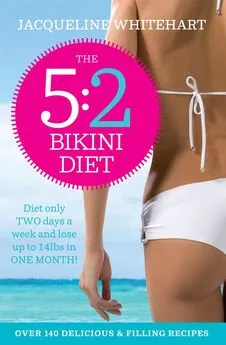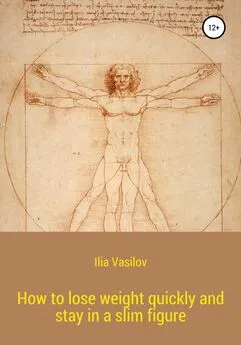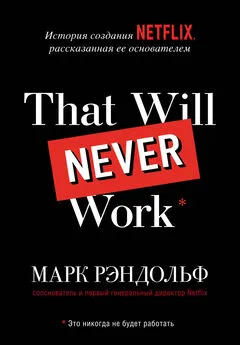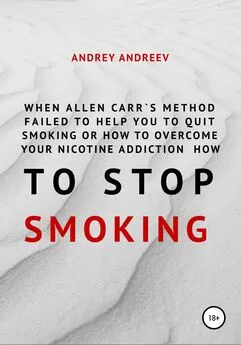Jacqueline Whitehart - The 5:2 Bikini Diet: Over 140 Delicious Recipes That Will Help You Lose Weight, Fast! Includes Weekly Exercise Plan and Calorie Counter
- Название:The 5:2 Bikini Diet: Over 140 Delicious Recipes That Will Help You Lose Weight, Fast! Includes Weekly Exercise Plan and Calorie Counter
- Автор:
- Жанр:
- Издательство:неизвестно
- Год:неизвестен
- ISBN:нет данных
- Рейтинг:
- Избранное:Добавить в избранное
-
Отзывы:
-
Ваша оценка:
Jacqueline Whitehart - The 5:2 Bikini Diet: Over 140 Delicious Recipes That Will Help You Lose Weight, Fast! Includes Weekly Exercise Plan and Calorie Counter краткое содержание
The 5:2 Bikini Diet: Over 140 Delicious Recipes That Will Help You Lose Weight, Fast! Includes Weekly Exercise Plan and Calorie Counter - читать онлайн бесплатно ознакомительный отрывок
Интервал:
Закладка:
Fasting and hypoglycaemia
If you suffer from, or might be suffering from, hypoglycaemia as a medical condition consult your doctor before beginning the diet.
The feeling of low blood sugar when you haven’t eaten for a few hours is a common problem and one which I have suffered from in the past. It may put someone off fasting, because they feel that they need to eat every couple of hours to keep their blood sugar stable. The basic problem is that if you don’t eat every three or four hours then you can become hypoglycaemic and therefore irritable, moody, light-headed and shaky.
This is an interesting phenomenon as only a small proportion of the population actually have a malfunction in their ability to regulate blood sugar levels. The rest of us, who do not have an underlying medical condition, do not have to worry about getting ‘low blood sugar’ while fasting. This is because the body is amazingly effective at regulating the sugar flowing around the blood.
A study in which young adults who have symptoms of hypoglycaemia went on a monitored 24-hour fast found that, while they reported ‘feeling hypoglycaemic, their blood sugar levels remained normal. What to do if you are worried about having a ‘blood sugar crash’ during a fast period? This is a very real problem that I myself suffered from when I started the diet. I now know that my blood sugar levels are fine; I am in fact just exceptionally hungry. Here are my tips that helped me get through it, which I hope will help you too.
•Eat regularly during your fast day – this means three small meals.
•If you feel a wave of light-headedness coming over you, know that it will in all likelihood pass and you will feel normal again in 15 minutes.
•Finally, if it affects your ability to function normally or gives you a headache then you should eat something – nothing that big, ideally 100 calories or so of something filling, a slice of toast or a small banana, for example. Allow yourself those extra calories for that day, but carry on with the fast day if possible.
Don’t let it put you off your next fast day, which will probably be easier. On your next fast day, see if you can last longer without feeling poorly.
When not to fast?
There are certain medical conditions that would make fasting inadvisable or even dangerous, even in this more restrained form. Don’t attempt fasting if you are diabetic or pre-diabetic without seeking medical advice first. It is also not suitable if you are pregnant, breastfeeding or under 18 years old. If you are in any doubt, you must see your doctor first to discuss your options for dieting.
Those who are lucky enough to have good health and for whom fasting is a sensible diet option should also consider that there are some days that prove difficult for fasting.
If you’re already a 5:2er, you will already know that some fast days will breeze by while others will be hard. There have been a few times where I have chosen not to fast or given up on a fasting day halfway through. I don’t feel bad about this because I made the choice for the good of my short-term health and restarted the diet as soon as I felt better. Some of the things that have caused me to consider whether I should be fasting that day include a cold (it’s hard to fast when you have a bad cold, so my advice is: don’t fast), when I’ve had little or no sleep and possibly, for women only, at certain times of your monthly cycle.
Want to find out more about the health benefits?
Here are the studies referenced in this section. Be warned, most of it is not light reading, but it’s a very exciting field and could be worth the effort. Finally, this list is not exhaustive. This is because research in this field is booming and there are new studies coming out all the time. Look out for breaking news stories, which I believe will show more proof and more reasons to fast.
1Parrella E., et al. ‘Protein restriction cycles reduce IGF-1 and phosphorylated Tau, and improve behavioral performance in an Alzheimer’s disease mouse model’,
http://www.scribd.com/doc/126262180/Longo-Cohen-Paper.
2Mattson M., et al. ‘When a little poison is good for you’, New Scientist , 6 August 2008,
http://www.newscientist.com/article/mg19926681.700-when-a-little-poison-is-good-for-you.html.
3Varady K., et al. ‘Alternate day fasting (ADF) with a high-fat diet produces similar weight loss and cardio-protection as ADF with a low-fat diet Metabolism’, pp137–143, January 2013.
4Alken J., et al. ‘Effect of fasting on young adults who have symptoms of hypoglycaemia in the absence of frequent meals’, European Journal of Clinical Nutrition 2008; 62: 721–726.
How to customize the 5:2 diet for you
Everybody is different: different weight, different height and different fitness. In this chapter we work out your Body Mass Index (BMI) and metabolic rate (BMR), which is how many calories you burn in a day. By calculating your BMI, we can set suitable and sustainable weight-loss targets. By working out your personal metabolic rate we can set a personalized calorie intake guide for the fast days, and, as we know, every calorie counts on a fast day.
Recently, there have been improvements to the way the BMI is calculated. This is because the old scale of BMI didn’t work very well if you were tall or short or more muscular than average; Brad Pitt, for example, at the time of Fight Club was very muscular and would have been considered overweight using the old BMI, so the new scale aims to be more accurate for everyone.
It doesn’t make much difference if you are relatively average, but if you are short it can make your BMI higher and if you are tall it can reduce your BMI a little. If you are tall, like me, it’s worth having a look at the new calculator – I dropped by 0.5 points from 21.6 to 21.1. But if you are average height it won’t make a difference.
The simplest way to calculate your BMI is to use an online calculator, such as:
http://people.maths.ox.ac.uk/trefethen/bmi_calc.html
•A BMI of less than 18.5 is considered underweight.
•A BMI of 18.5 to 24.9 is considered a normal healthy weight.
•A BMI of 25 to 29.9 is considered overweight.
•A BMI of 30 or greater is considered obese.
Personalized calorie allowance on fast days
While we use the standard numbers of 500 calories as a quarter of a woman’s normal daily calorie intake and 600 calories as a quarter of a man’s, we can in fact be far more accurate.
By calculating your Metabolic Rate (MR) you can work out your daily calorie needs. The BMR is how many calories your body burns when at rest.
First calculate your BMR:
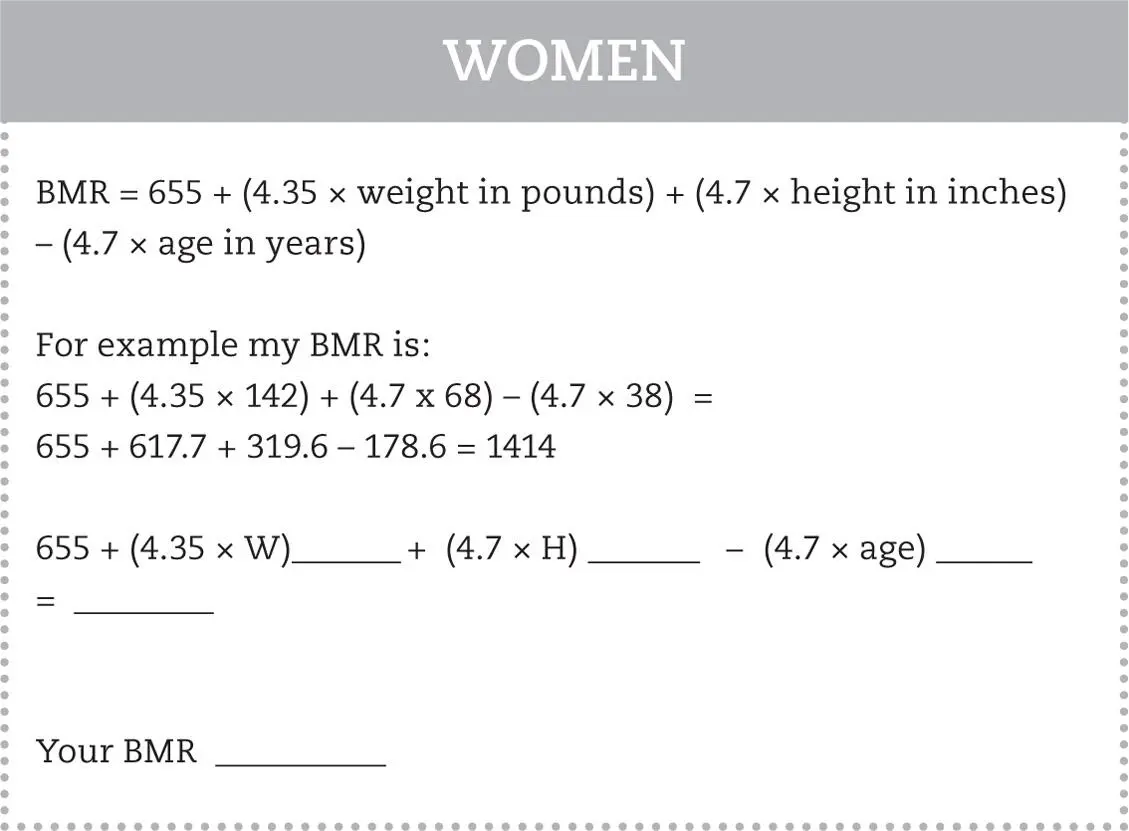
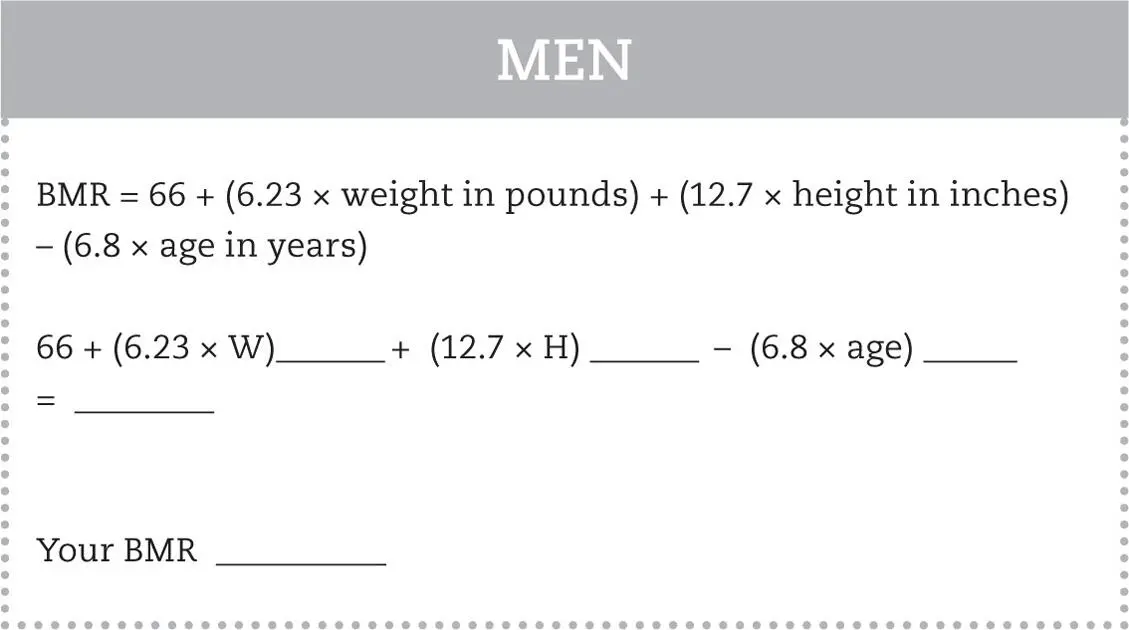
To calculate your actual calorie needs to maintain your current weight, you just need to work out where you are on the exercise scale.
To work out the actual number of calories your body needs to maintain weight, multiply your BMR by the factor in the table above.
My maintenance calorie needs are:
I decide I am lightly active, so my multiplying factor is 1.375.
1414 × 1.375 = 1944 calories
I can also calculate how many calories I need to take in on my fasting days, as it is a quarter of this figure.
1944 ÷ 4 = 486 calories
So when I work out how many calories I am going to eat on a fast day, I need to make sure it is less than 486.
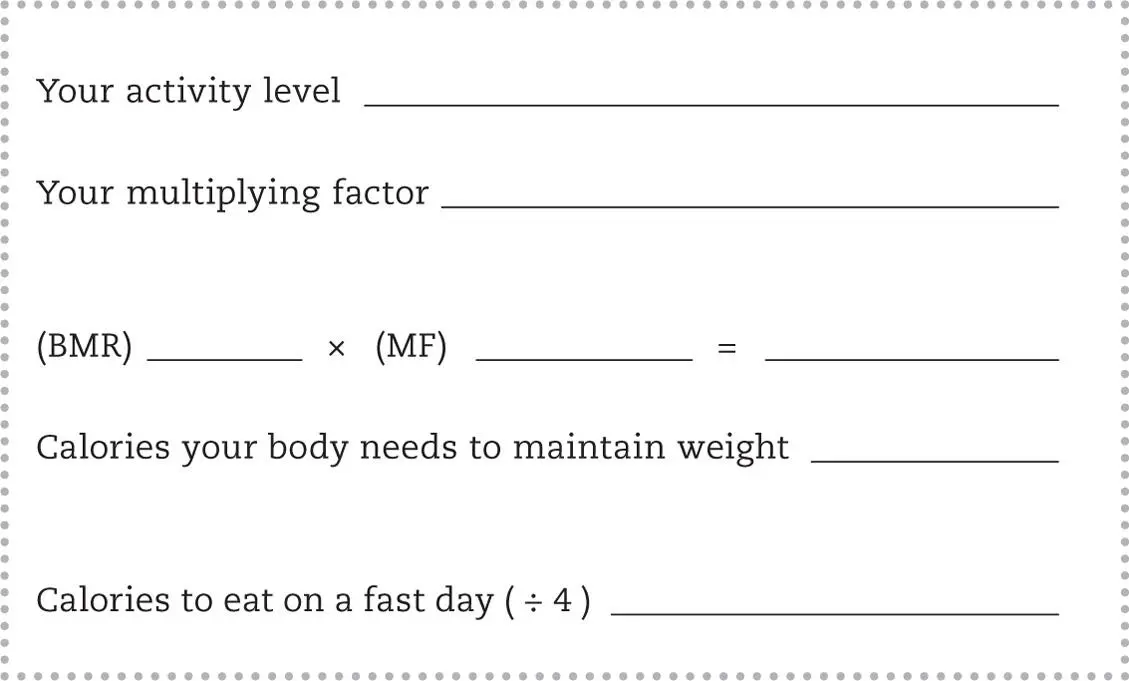
You should end up with the number of calories you need to eat on your fasting days. If you are like me, it will be slightly lower than 500 calories, but you might find you have a bonus of a few extra calories instead!
Don’t forget, if you lose a lot of weight, but find it slackens off after a while, you might need to re-calculate your calorie intake, as these formulas depend on your weight.
There is also one more thing that is worth considering: there are about 3,500 calories in 1lb of stored body fat. That means you need to reduce your calorie intake by 3,500 to lose 1lb in weight. That might sound like quite a lot, but if you think of it in terms of the restricted calorie days, a woman has a calorie deficit of (2,000–500) = 1,500 per day on a fast day, so will reduce her calorie intake by 3,000 over a standard 5:2 week. For a man this figure is increased to a 3,800 calorie reduction. This means that without doing anything else, a woman will lose just under 1lb a week on the 5:2 diet; a man, just over 1lb.
Taking into account the level of exercise and healthy eating on non-fast days, then we are looking at an even greater weight loss. This is simple maths and doesn’t take into consideration the effects that the 5:2 diet has on the body, which research is showing is more effective than standard diets.
Now you know the basics it’s time to get started and think about your first fast day.
Are you fit and well and ready to lose some weight?
The first thing to think about is what days would be most suitable for a fast. Remember, you need two days a week with at least one rest day in between. You can have a set routine and pick the same days every week or pick and choose. The diet is extremely flexible and is designed to fit in around you and not the other way round.
What days do you normally fast?
‘Tuesdays and Thursdays. My husband is out so I don’t have to worry about catering for anyone else on those days.’
Peggy
Monday is a common day to start as most people want to enjoy their food at the weekend and are ready to start the new week with good resolutions.
‘I like to fast on a Monday, to get rid of that weekend bloat, and on a Thursday, in preparation for the weekend bloat!’
Jodie
Take a look at your schedule for the week and rule out any days where you have social engagements, especially involving food.
‘My fast days are variable, depending on what I am doing that week. It changes from week to week.’
Christina
Look at this as the greatest asset of the diet. Imagine going out for dinner with friends, not worrying about what you eat and even having a dessert and wine, and all the time losing weight.
Do the planning, do the fast days and then for five days a week, don’t diet. Especially when you are first starting out, your diet days should be the least social days on your calendar. They are also likely to be busy days or work days, as you want to be distracted from food and away from the kitchen as much as possible. The only restriction on your fast days is that you must have a rest day between fasts.
Your first fast day will probably be the hardest as your body needs time to adjust to the new regime. So make sure you pick your days wisely when you start out. For the first two weeks you need to give careful consideration to when you fast as there is a possibility that you will feel lightheaded, grumpy and perhaps get a headache as well as feel properly hungry. Don’t worry or be alarmed. There are plenty of tips here to deal with all these things. After the first two weeks of fast days, you will see it getting considerably easier. Focus on the fact that it’s only one day.
Читать дальшеИнтервал:
Закладка:
